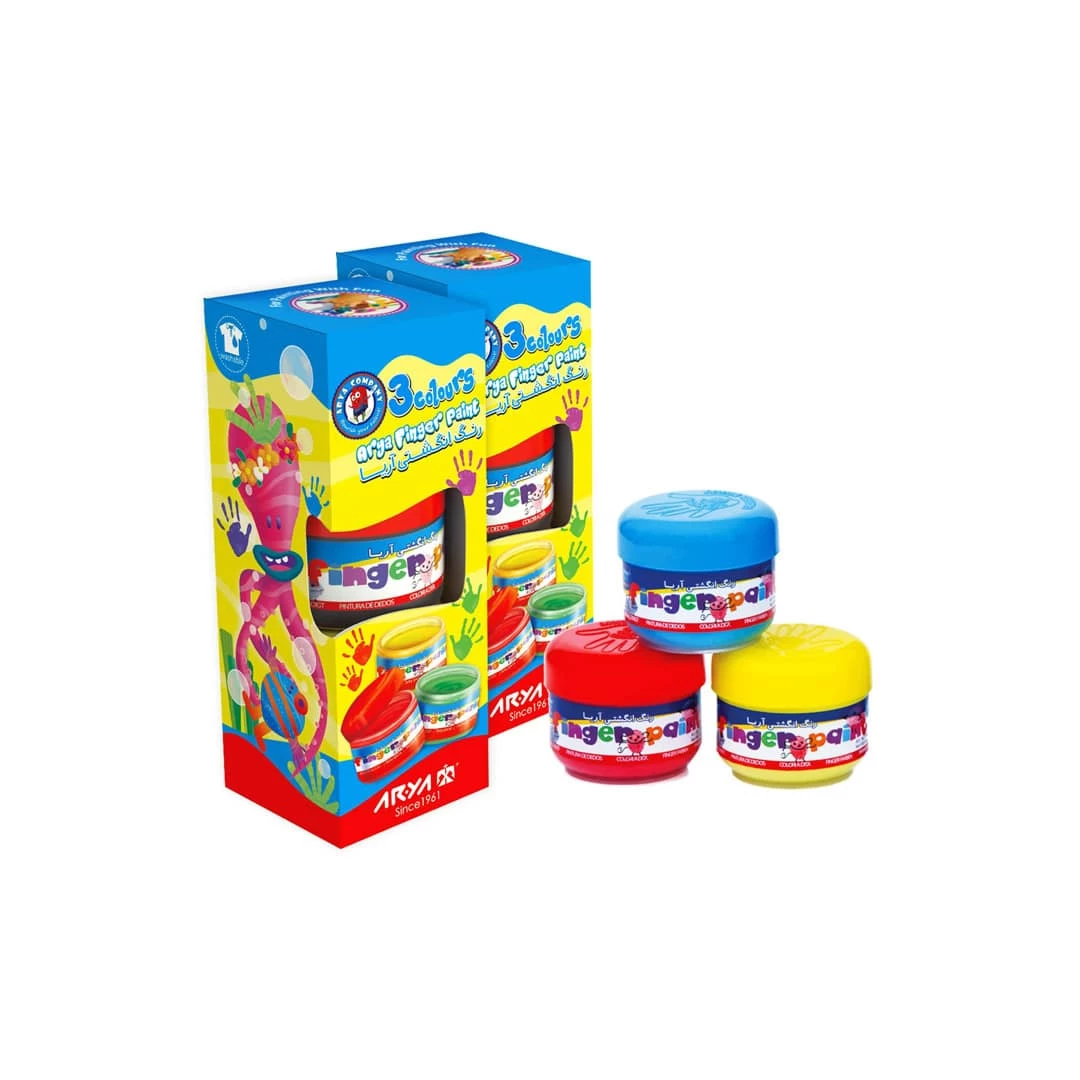Hexagon body
Soft and durable brain
The thickness of the brain is 3.3 mm
Shaves easily
The feature of combining colors with each other
Has a clam bottom body
Colors
It has 12 different and beautiful colors
Different Types of Pencils
Graphite Pencils. ...
Colored Pencils. ...
Grease Pencils. ...
Watercolor Pencils. ...
Carbon Pencils. ...
Mechanical Pencils. ...
Glitter and Highlight Pencils. ...
Woodless Pencils.
What is a pencil? A › pencil (also called: graphite pencil) is a writing utensil with a graphite lead embedded in a wooden shaft. It is mainly used for artistic sketching and drawing, for stenography or notes. Its benefits are the simple usage as well as being able to remove what you've drawn with an eraser.
1 Pencil (B Grade): Higher in graphite, softer, prone to smudging, and ideal for artistic or bold writing. No. 2 Pencil (HB Grade): A balanced mix of graphite and clay, offering versatility for writing and drawing, making it a popular choice for schools and offices.
9H has the hardest graphite lead. The letter “H” is used to indicate the hardness of a pencil's mark. The letter “B” is used to indicate the blackness of a pencil's mark (a darker mark means a softer lead). The Higher the number next to the 'H', harder the pencil lead.
The choice to use a pen or pencil is entirely down to personal preference! If you want something that shows confidence and is longer lasting, you'll probably opt for a pen. If you want to use something that glides over the paper and doesn't leak, you'll maybe prefer using a pencil.
A colored pencil, coloured pencil, pencil crayon, or coloured/colouring lead is an art medium constructed of a narrow, pigmented core encased in a wooden cylindrical case.
Why colored pencils are so popular. Colored pencils are capable of rendering art styles that are expressive and abstract, or detailed and photorealistic. While they're slow to use compared to wet media like paint (in terms of laying down color), they're almost unparalleled when it comes to control and detail.
' So, it's entirely possible that the Canadians came to this conclusion after mashing 'coloured pencils' with the French 'crayon de couleur. ' Furthermore, the French word 'crayon' originally meant 'chalk pencil and dates back to the 16th century.
Higher-quality pencils have more pigment in the colored lead. The highest-quality (and most expensive) pencils are oil-based, while lesser-quality pencils are wax-based (hard wax is the lowest quality, soft wax is better quality). The best pencils glide easily across the page and lay down color with little effort.
 +7929688-88-14
+7929688-88-14

 English
English
 Persian
Persian
 Russian
Russian
 Chinese
Chinese


 +7929688-88-14
+7929688-88-14

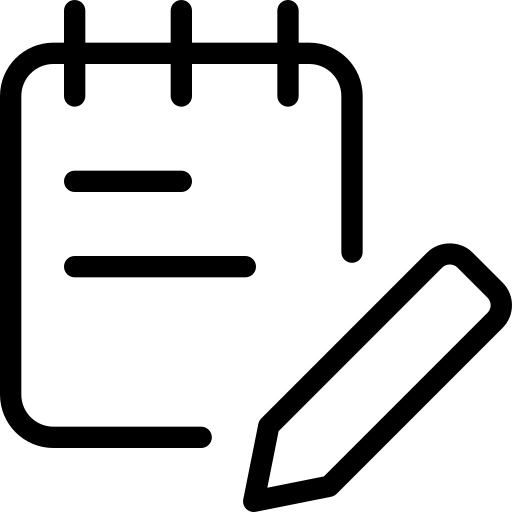 Art supplies
Art supplies
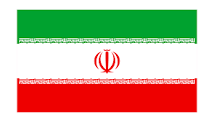
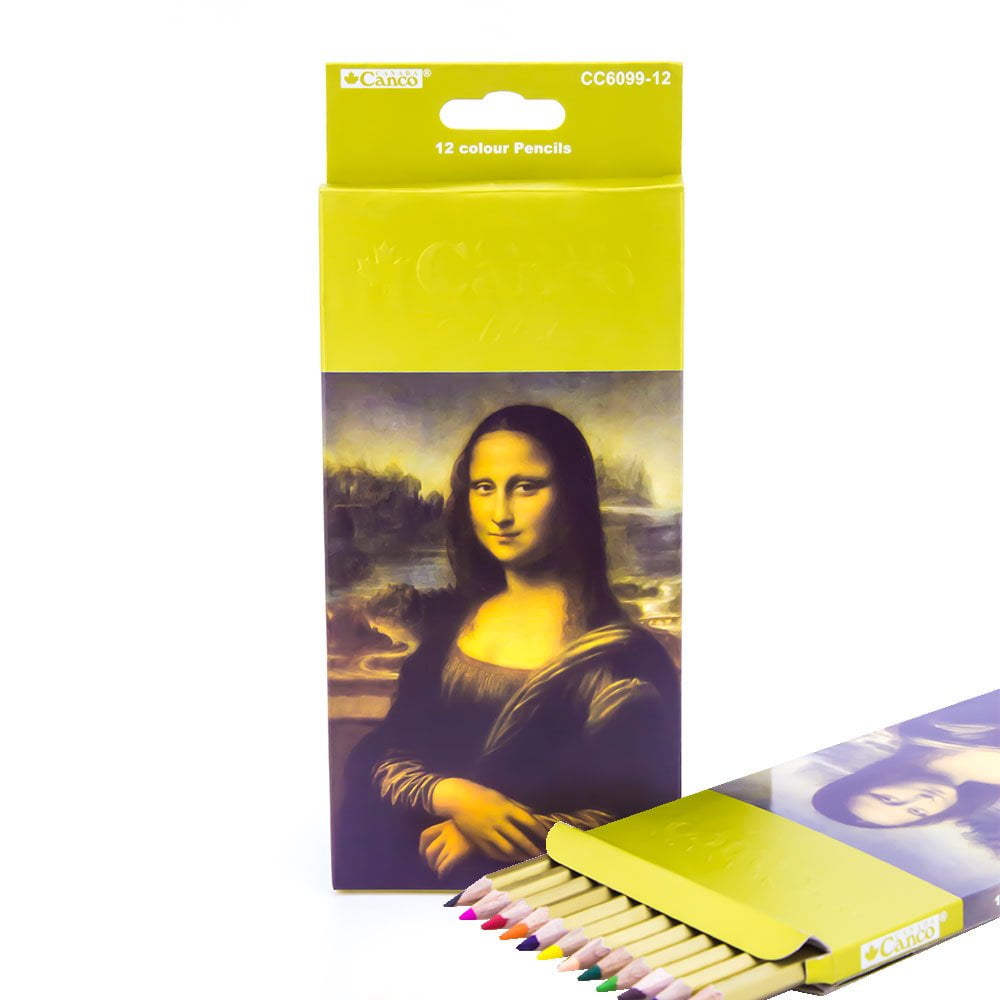
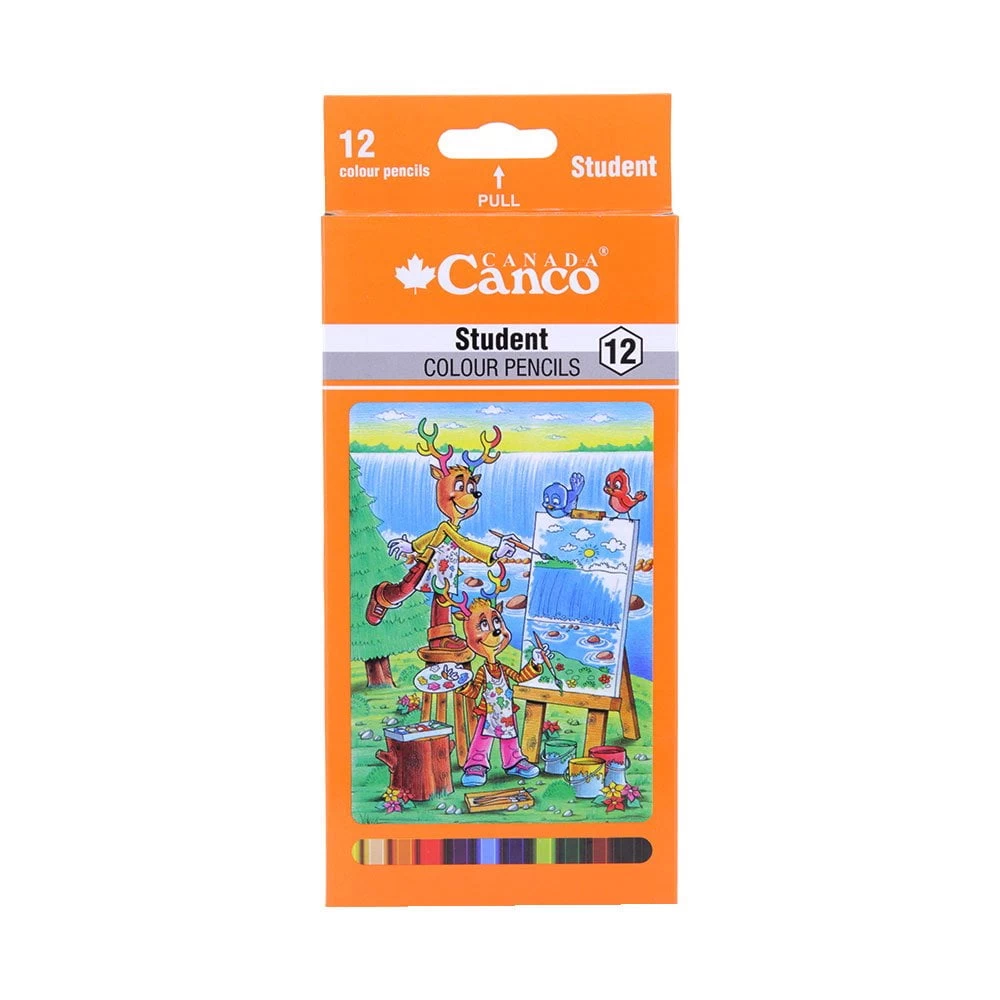
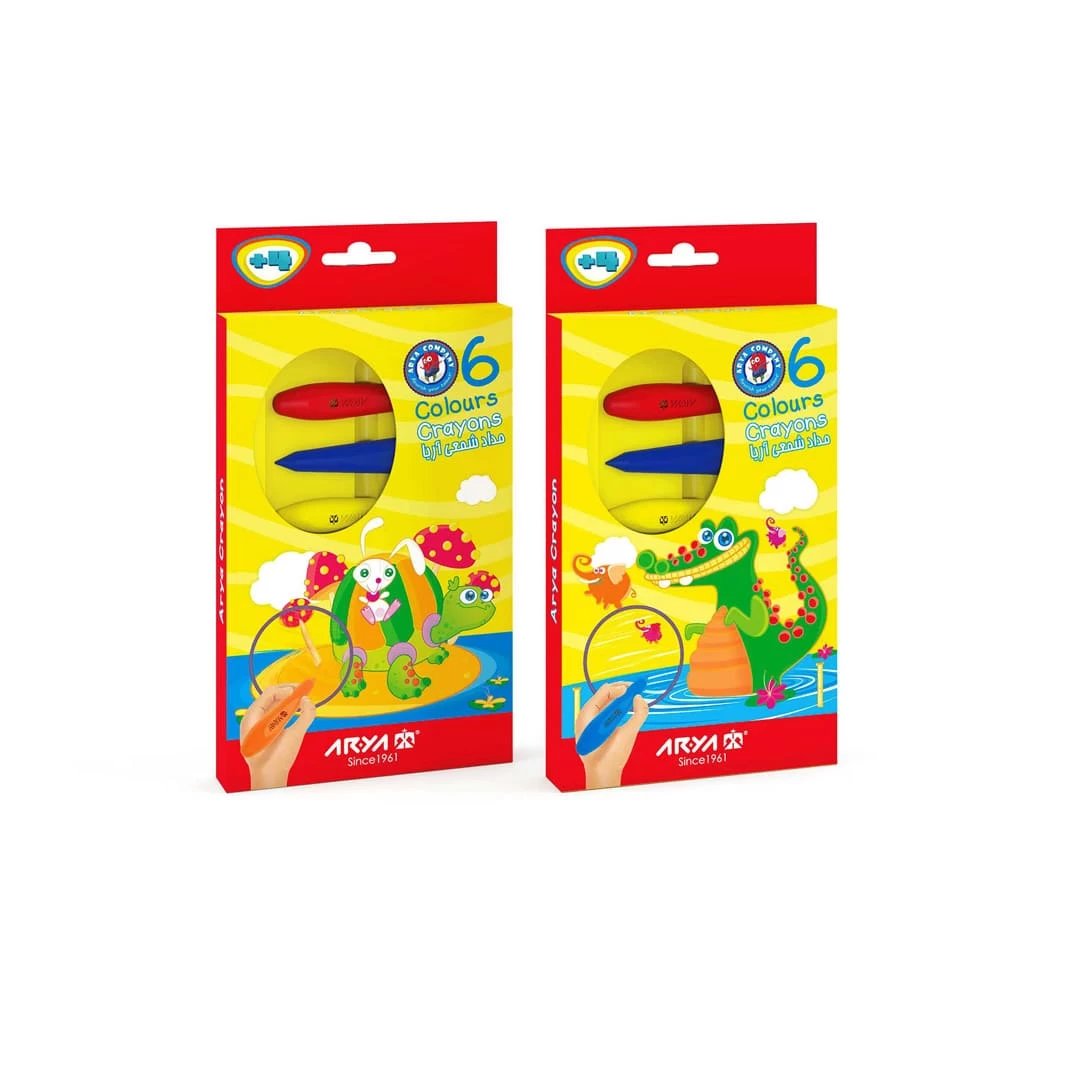
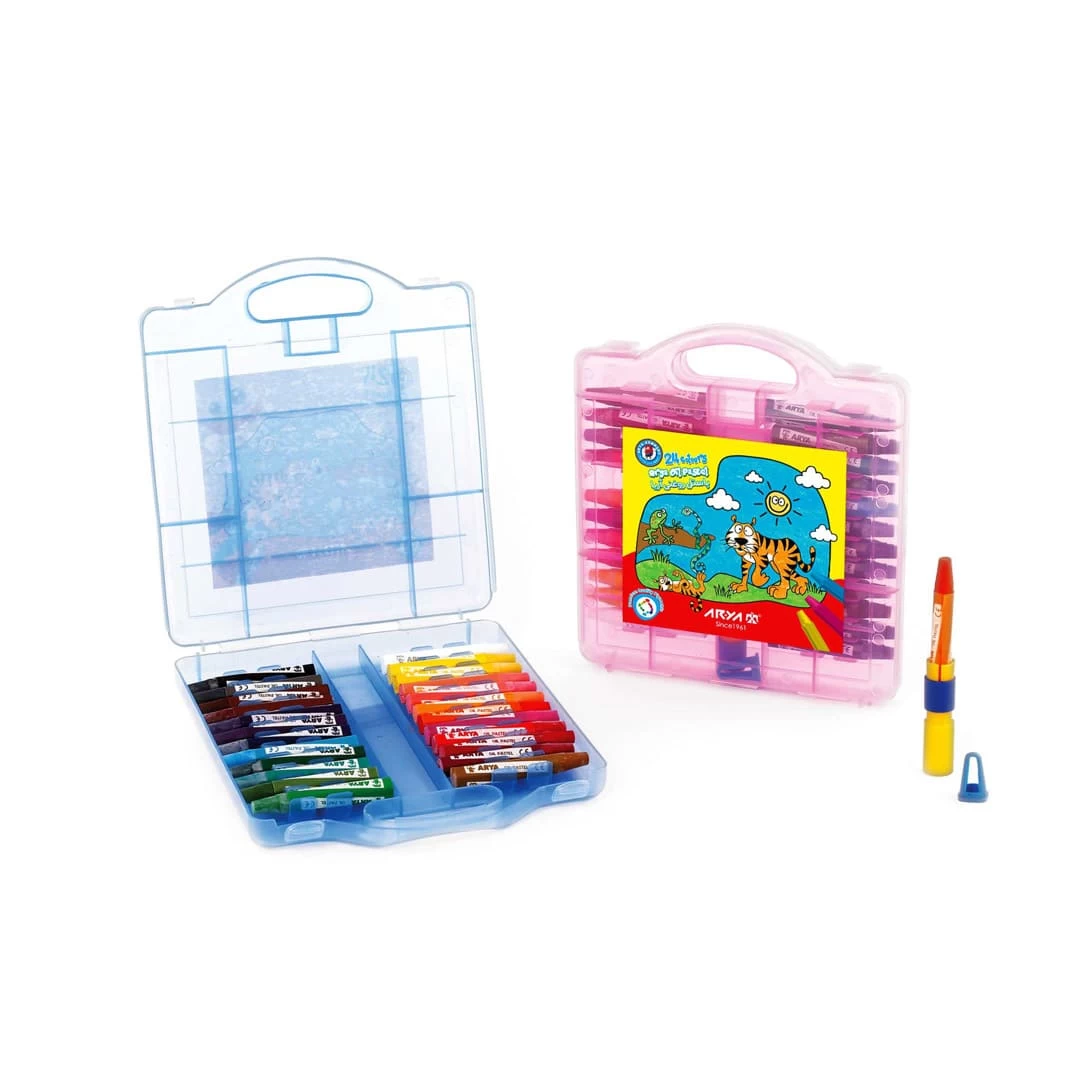
.webp)
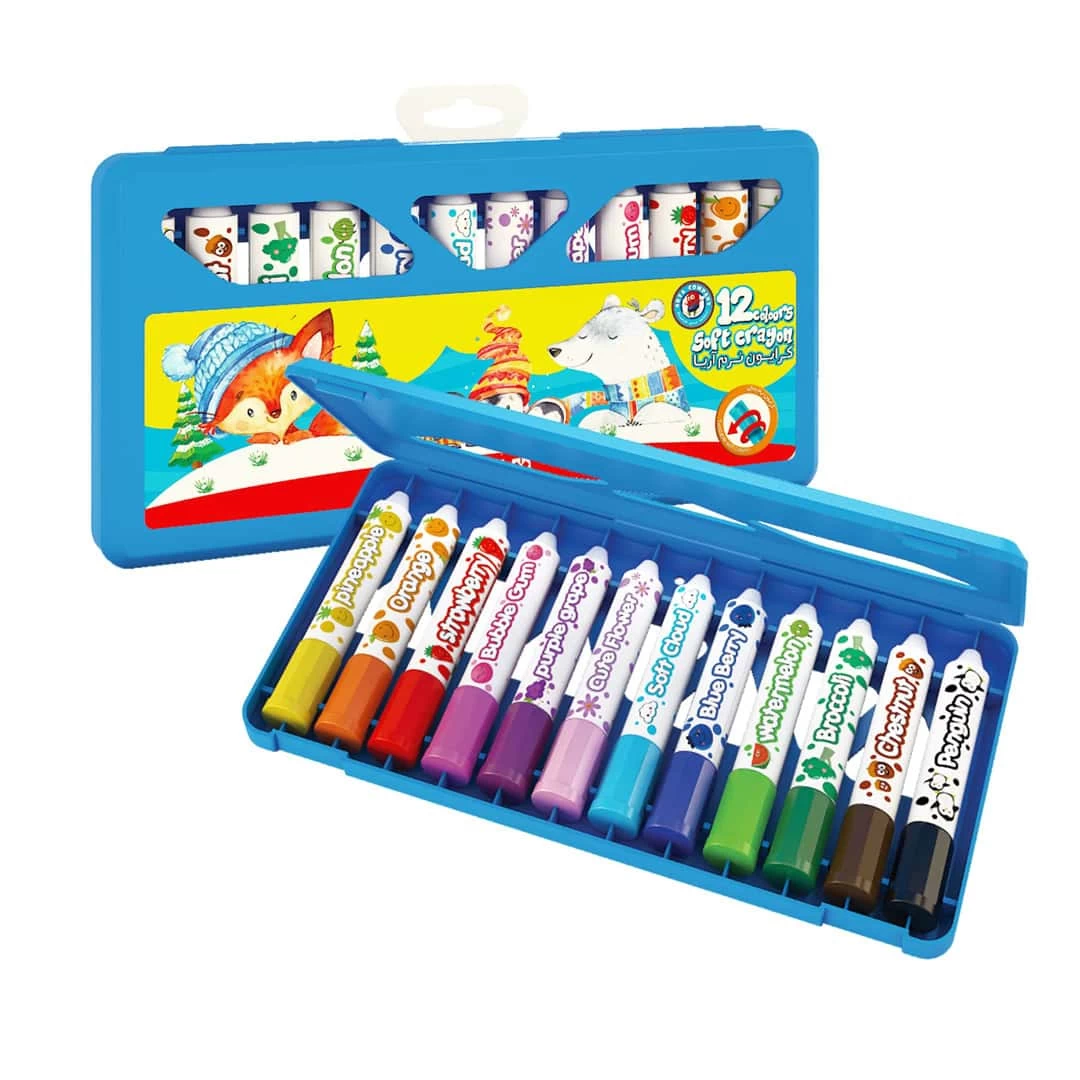
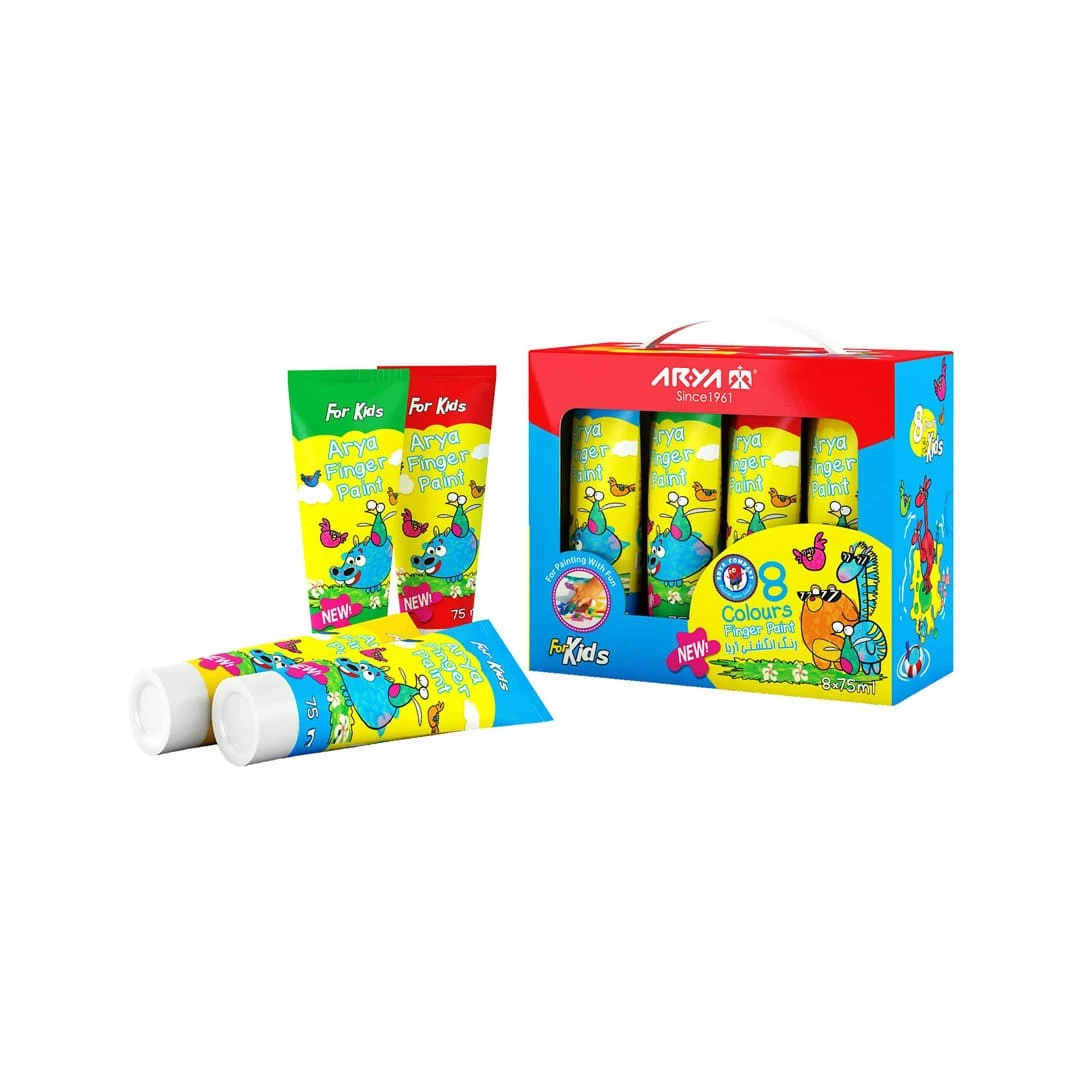
.webp)
